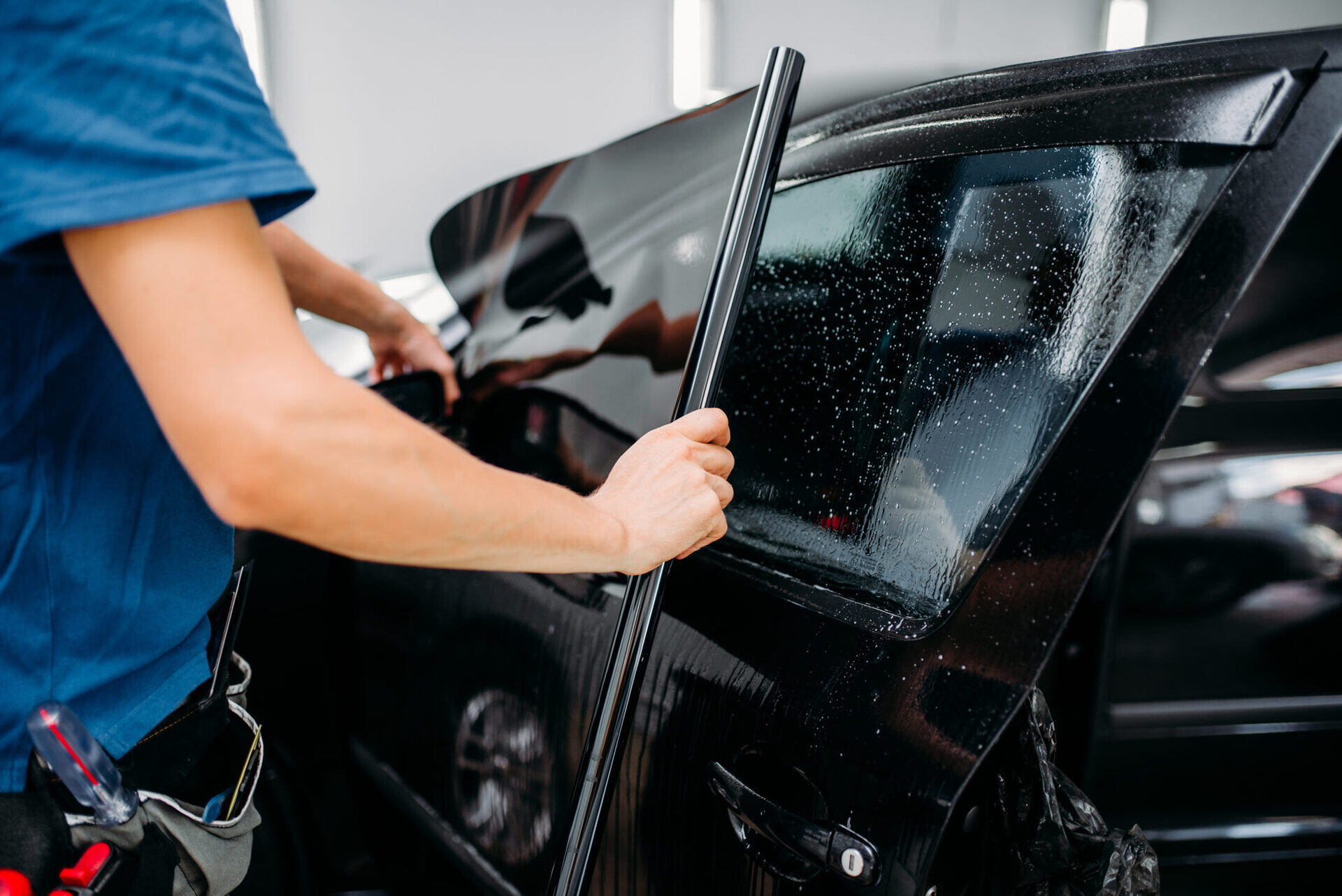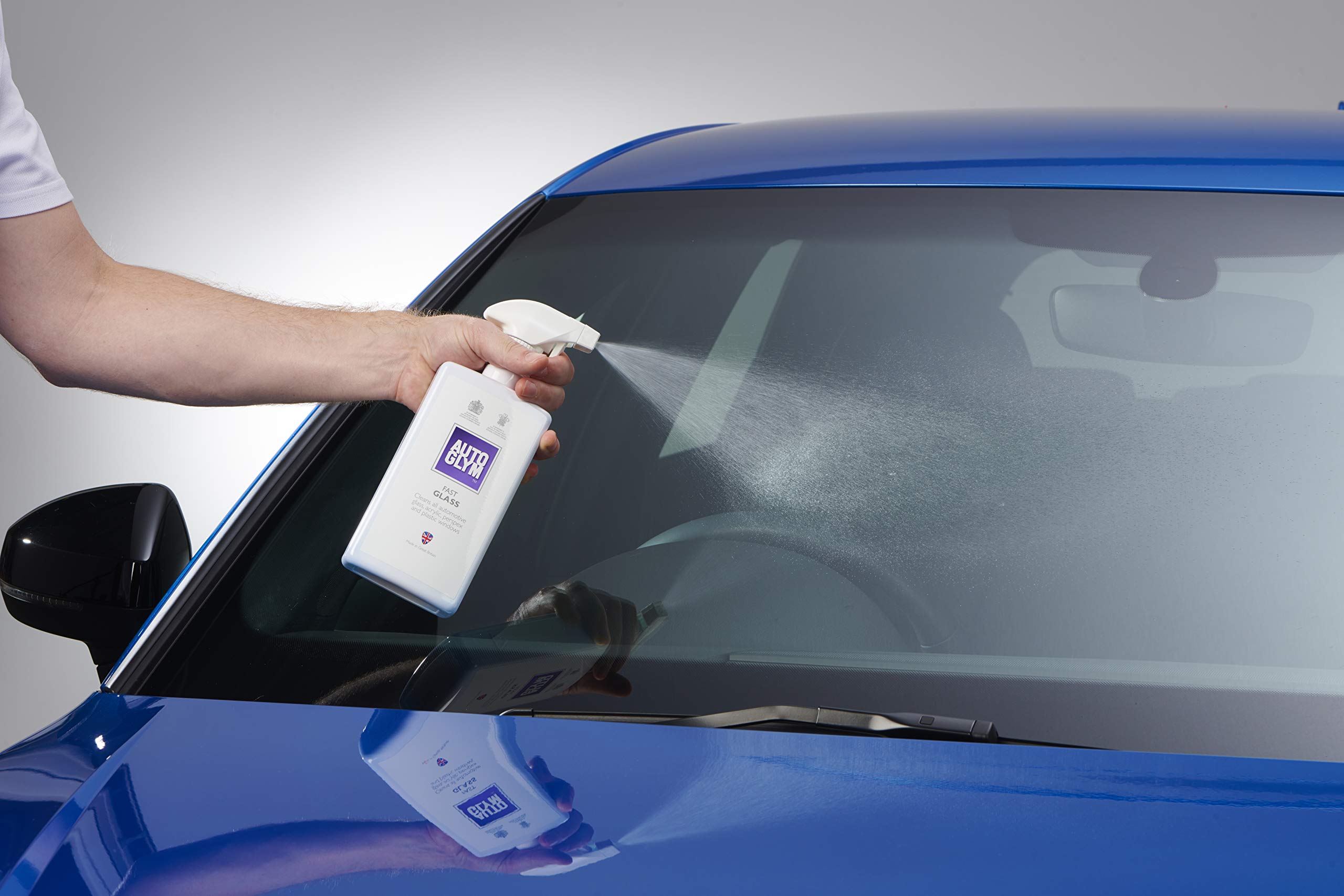Home>Others>Specialized Home Improvement Topics>How To Prevent Frost On Car Windows


Specialized Home Improvement Topics
How To Prevent Frost On Car Windows
Modified: August 28, 2024
Learn effective ways to prevent frost on car windows with specialized home improvement topics. Keep your car windows clear and frost-free with these helpful tips.
(Many of the links in this article redirect to a specific reviewed product. Your purchase of these products through affiliate links helps to generate commission for Storables.com, at no extra cost. Learn more)
Introduction
Read more: How To Prevent Condensation On Car Windows
Understanding Frost Formation
Before diving into the methods for preventing frost on car windows, it’s essential to comprehend the science behind frost formation. When temperatures drop, especially during the chilly winter months, moisture present in the air can condense on surfaces, forming a thin layer of ice known as frost. This natural occurrence can be particularly bothersome when it develops on car windows, as it hinders visibility and requires precious time and effort to clear before setting off on a frosty morning.
Understanding the factors that contribute to frost formation is crucial. Clear, cloudless nights often result in lower temperatures, allowing frost to form more readily. Additionally, areas with higher humidity levels are more prone to frost accumulation, as the excess moisture in the air readily condenses on exposed surfaces.
Now that we have a foundational understanding of how frost develops, let’s explore some effective strategies for preventing its unwelcome presence on car windows.
Read more: How To Prevent Condensation On Car Windows
Understanding Frost Formation
When temperatures drop, moisture in the air can condense on surfaces, leading to the formation of frost. This occurs most commonly during clear, cloudless nights when the absence of cloud cover allows the earth’s surface to lose heat rapidly. As a result, the temperature of exposed objects, such as car windows, can plummet, causing the moisture in the air to freeze on their surfaces.
The process of frost formation is influenced by various factors. Humidity levels play a significant role, as higher humidity means there is more moisture in the air available to condense and form frost. Additionally, the material of the surface can impact frost formation. For instance, metal and glass surfaces tend to lose heat more rapidly than other materials, making them more susceptible to frost accumulation.
Understanding these factors can help car owners anticipate when frost is likely to form and take proactive measures to prevent its occurrence. By being aware of the conditions that contribute to frost formation, individuals can implement effective strategies to keep their car windows free from frost, ensuring clear visibility and a hassle-free start to their day.
Tips for Preventing Frost on Car Windows
Preventing frost from forming on car windows can save time and effort, especially during the frosty winter months. Here are some practical tips to help keep car windows clear and frost-free:
- Use a Windshield Cover: Placing a specially designed windshield cover over the car’s front and rear windows can shield them from frost accumulation. These covers act as a barrier, preventing moisture from settling on the glass and significantly reducing the need for de-icing in the morning.
- Park in a Garage: Whenever possible, parking the car in a garage or carport can shield it from the elements, including frost formation. Garages provide protection from low temperatures and prevent moisture from accumulating on the windows, reducing the likelihood of frost buildup.
- Apply a Vinegar Solution: A mixture of vinegar and water can be sprayed onto the windows to prevent frost formation. The acetic acid in the vinegar helps inhibit the freezing of moisture on the glass, providing a simple and cost-effective solution for keeping car windows frost-free.
- Use a Dehumidifier: Keeping a portable dehumidifier in the car can help reduce the moisture content inside, minimizing the potential for frost formation on the windows. By lowering the humidity levels, the dehumidifier contributes to a drier environment, making it less conducive to frost development.
- Run the Defroster: Running the car’s defroster for a few minutes before setting off can help clear any existing frost on the windows. The warm air circulated by the defroster helps melt the frost, ensuring clear visibility and safe driving conditions.
- Keep Windows Clean: Regularly cleaning the car windows inside and out can help prevent frost buildup. Removing any dirt or residue from the glass surfaces reduces the likelihood of moisture adhering to the windows and forming frost.
- Use Rubbing Alcohol: A solution of rubbing alcohol and water can be sprayed onto the windows to prevent frost formation. The alcohol lowers the freezing point of water, making it more difficult for frost to develop on the glass.
By implementing these practical tips, car owners can effectively prevent frost from forming on their windows, ensuring clear visibility and a hassle-free start to their day.
To prevent frost on car windows, cover them with a towel or cardboard overnight. You can also use a homemade solution of vinegar and water to spray on the windows before bed.
Using De-icing Products
When faced with frost-covered car windows, utilizing de-icing products can provide an effective solution for clearing the ice and ensuring safe driving conditions. Here are some commonly used de-icing products and techniques:
- Commercial De-icing Sprays: Various commercial de-icing sprays are available, specifically formulated to melt ice and frost on car windows. These sprays often contain alcohol or glycerol, which lower the freezing point of water, enabling the ice to be easily removed from the glass surfaces.
- DIY De-icing Solutions: Homemade de-icing solutions can be prepared using common household items. A mixture of water and isopropyl alcohol or vinegar can be sprayed onto the frost-covered windows to facilitate the melting of the ice. Additionally, a solution of water and salt can be used to melt ice, although caution should be exercised to prevent damage to the car’s paintwork.
- Ice Scrapers: Ice scrapers with a sturdy plastic or rubber blade are essential tools for removing frost and ice from car windows. When using an ice scraper, it is important to apply gentle pressure to avoid scratching the glass surfaces. Additionally, using a scraper with a built-in brush can help clear away the loosened ice and snow, ensuring improved visibility.
- Heated Windshield Washer Fluid: Some vehicles are equipped with a heated windshield washer system that dispenses warmed washer fluid onto the windows, aiding in the removal of frost and ice. This feature can be particularly beneficial for quickly clearing frost from the windshield, enhancing visibility without the need for manual scraping.
- Heated Car Windows: Certain modern vehicles are equipped with heated front and rear windows, designed to rapidly clear frost and ice. Activating the heating function can swiftly melt the ice, providing clear visibility and convenience during chilly mornings.
When using de-icing products and techniques, it is important to prioritize safety and avoid damaging the car’s windows or exterior. By carefully selecting and applying suitable de-icing solutions, car owners can effectively clear frost from their windows and embark on their journeys with clear visibility and peace of mind.
Read more: Why Does Frost Form On Car Windows
Conclusion
Preventing frost from forming on car windows is a practical endeavor that can save time and effort, especially during the frosty winter months. By understanding the science behind frost formation and implementing effective strategies, car owners can maintain clear visibility and ensure a hassle-free start to their day.
Utilizing preventative measures such as windshield covers, parking in garages, applying vinegar solutions, using dehumidifiers, running defrosters, keeping windows clean, and employing rubbing alcohol can significantly reduce the likelihood of frost accumulation on car windows. These practical approaches contribute to a clearer and safer driving experience, particularly on frosty mornings.
Furthermore, when faced with frost-covered windows, the use of de-icing products and techniques, including commercial de-icing sprays, DIY solutions, ice scrapers, heated windshield washer fluid, and heated car windows, can effectively clear the ice and frost, ensuring optimal visibility and safe driving conditions.
By proactively addressing frost formation and utilizing appropriate de-icing methods, car owners can navigate winter weather with confidence and convenience. Ultimately, the implementation of these strategies and techniques empowers individuals to maintain clear, frost-free windows, enhancing safety and driving comfort during cold and frost-prone periods.
With a combination of preventative measures and effective de-icing practices, car owners can bid farewell to frost-covered windows, embracing clear visibility and a seamless start to their journeys, even amidst wintry conditions.
Frequently Asked Questions about How To Prevent Frost On Car Windows
Was this page helpful?
At Storables.com, we guarantee accurate and reliable information. Our content, validated by Expert Board Contributors, is crafted following stringent Editorial Policies. We're committed to providing you with well-researched, expert-backed insights for all your informational needs.















0 thoughts on “How To Prevent Frost On Car Windows”